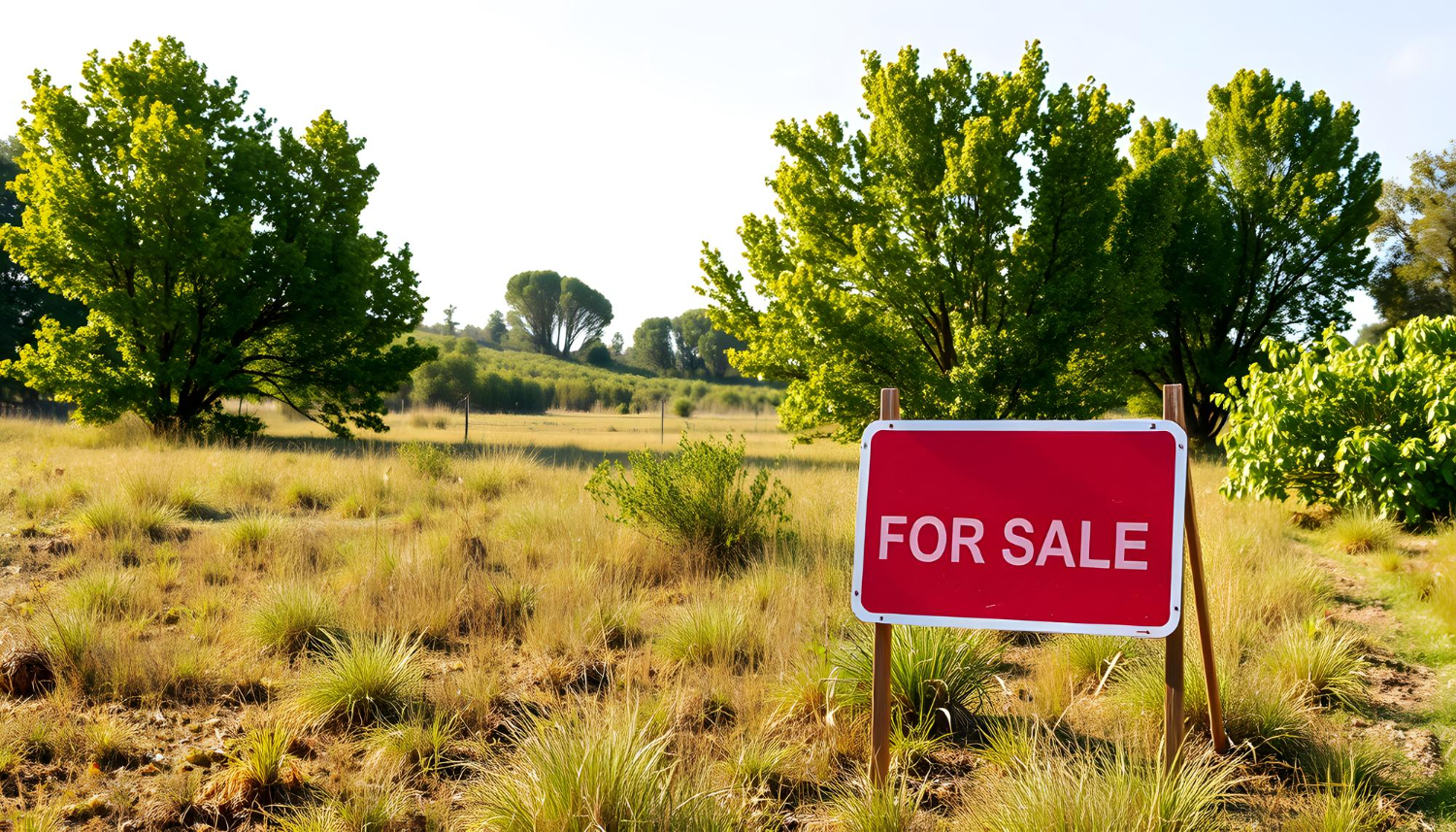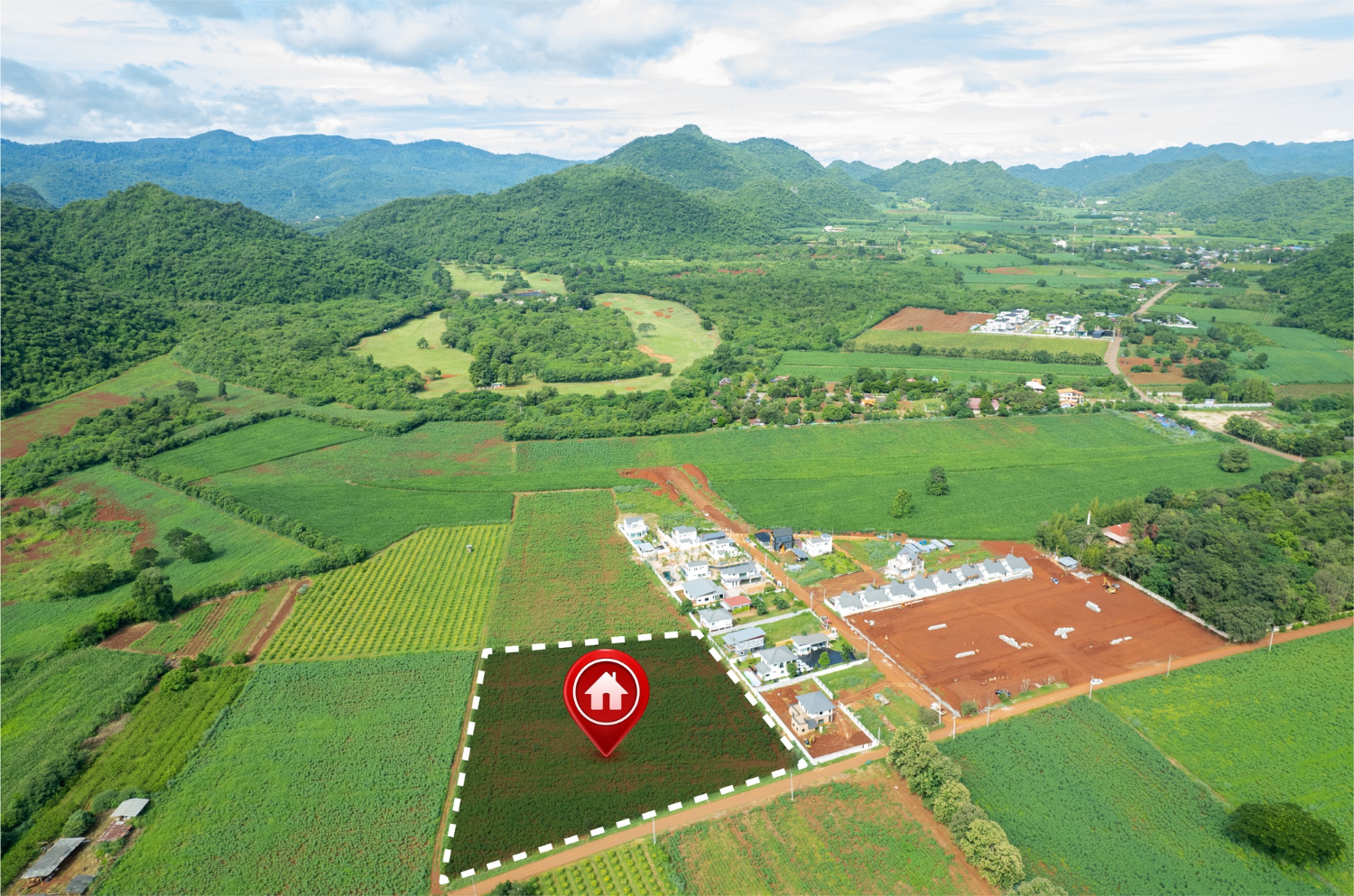Selling land can be challenging, but understanding the differences between developed and undeveloped land can make the process smoother. Each type of land comes with its unique set of characteristics, advantages, and challenges. As a seller, it’s crucial to grasp these distinctions to effectively position and market your property to the right buyers.
Developed land typically comes with infrastructure such as utilities, roads, and buildings. This makes it more appealing to buyers who are ready to build or develop immediately. On the other hand, undeveloped land offers more flexibility but requires significant investment and effort to make it usable. Knowing the benefits and limitations of each type of land will help you set realistic expectations and create a targeted selling strategy.
Market demand, legal considerations, and marketing approaches also vary significantly between developed and undeveloped land. Factors such as zoning laws, environmental regulations, and buyer preferences can vastly affect how quickly and successfully your land sells. By tailoring your approach to these critical factors, you can enhance your chances of a successful sale and maximize your land’s value.
Understanding the Key Differences Between Developed and Undeveloped Land
When selling land, it’s essential to recognize the key differences between developed and undeveloped properties. Developed land usually has essential infrastructure in place, such as electricity, water, sewage systems, roads, and sometimes buildings. This makes it more appealing to buyers who want a ready-to-use plot for construction or business purposes. Developed land generally commands a higher price due to the existing amenities and lower development costs for the buyer.
In contrast, undeveloped land lacks such infrastructure. This type of land is often seen as a blank canvas, offering more flexibility in terms of usage. Buyers of undeveloped land may be looking for opportunities to develop it according to their specific needs, such as residential, agricultural, or commercial purposes. However, the need for significant investment to install utilities and other infrastructure can make it a less attractive option for some buyers. Understanding these differences helps in setting appropriate expectations and crafting effective marketing messages.
Assessing Market Demand and Buyer Preferences
Understanding market demand and buyer preferences is crucial for successfully selling both developed and undeveloped land. Developed land typically attracts a different set of buyers, such as real estate developers, commercial investors, and individuals looking to build homes or businesses quickly. These buyers often prioritize location, accessibility, and existing infrastructure. Highlighting these features in your marketing efforts can make your property more appealing to this audience.
Undeveloped land, on the other hand, may attract buyers who are interested in long-term investment opportunities, agricultural use, or custom development projects. These buyers might prioritize factors like soil quality, zoning flexibility, and natural resources. Understanding what these buyers value can help you position your property more effectively in the market.
Market trends can also influence demand for developed versus undeveloped land. For instance, a rise in commercial development in a particular area might increase the demand for developed land, while a growing interest in sustainable farming could boost the appeal of undeveloped rural land. Staying informed about these trends can guide your selling strategy and ensure that you meet the needs and preferences of potential buyers.
Navigating Legal and Regulatory Challenges
Selling land comes with a myriad of legal and regulatory challenges that can vary significantly between developed and undeveloped properties. For developed land, you often need to deal with zoning laws, building codes, and existing use permits. These regulations are usually stricter because the land has been modified, and any future development must comply with existing municipal guidelines. It’s crucial to ensure all paperwork is in order and that the property meets all local regulations to avoid delays in the selling process.
On the other hand, selling undeveloped land requires attention to different sets of rules and permissions. Environmental regulations, easements, and land use restrictions can significantly impact the sale. For example, if the land is in a flood zone or contains protected wildlife habitats, you may need special permits to make any changes or sell the land for particular uses. Buyers need to be informed about these restrictions, as they can affect their development plans.
Staying organized and consulting with legal experts who specialize in land sales can help navigate these complexities. Having clear documentation and being upfront about any regulatory issues can increase buyer confidence and speed up the transaction process.
Effective Marketing Strategies for Developed vs. Undeveloped Land
Marketing strategies must be tailored to the type of land you are selling to attract the right buyers. For developed land, emphasize the ready-to-use features such as existing infrastructure, accessibility, and potential for immediate development. High-quality photos and videos of the property’s amenities can be very appealing. Listing the land on real estate websites and leveraging paid ads on social media platforms like Facebook and Instagram can also reach a broad audience quickly.
For undeveloped land, the approach needs to highlight its potential and flexibility. Use drone photography to showcase the landscape, layout, and surrounding areas. Create virtual tours to give buyers a comprehensive view of the property. Target your marketing efforts towards investors, developers, and buyers interested in agricultural or custom projects by using platforms and groups specific to real estate investment and land development.
In both cases, providing detailed information about the land’s features, benefits, and any available reports or surveys can be very helpful. Utilizing email marketing to keep interested buyers informed about new details or price changes can also keep your property top of mind.
Conclusion
Understanding the critical factors in selling developed versus undeveloped land can greatly enhance your selling strategy. Recognizing the key differences between these types of properties, assessing market demand, and navigating legal challenges are all essential steps. Tailored marketing strategies can then effectively highlight the unique features and potential of your land, attracting the right buyers.
Whether dealing with legal paperwork, zoning laws, or crafting the perfect online listing, paying attention to these details can make a significant difference in how quickly and profitably you sell your land. If you’re ready to sell your land and want expert guidance throughout the process, we at 7Land Corp are here to help. Contact us today to see how we can assist you in making your land sale seamless and successful.




